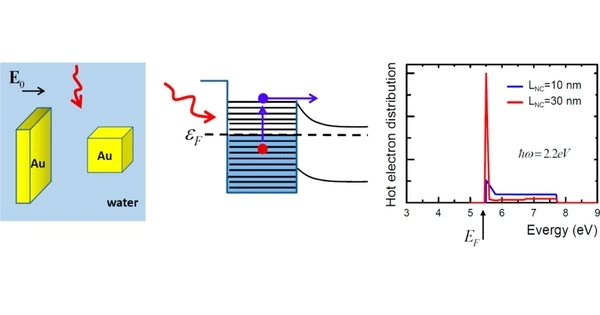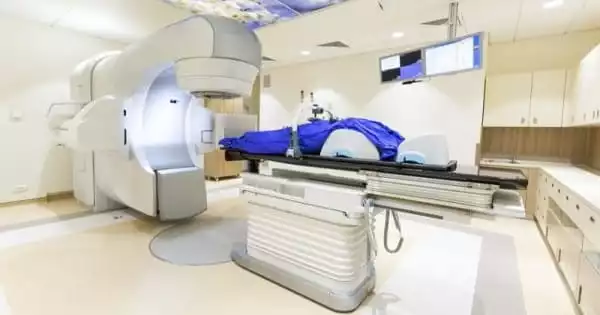Photoinjection is a general concept that refers to the process of injecting or exciting electrons into a material using light energy. It is commonly used in various scientific and technological applications, particularly in the fields of optics, electronics, and photochemistry.
The basic principle behind photoinjection involves the absorption of photons by a material, which leads to the generation of free electrons or electron-hole pairs. This absorption occurs when the energy of the incident photons matches or exceeds the bandgap energy of the material. The bandgap energy is the minimum energy required to free an electron from its bound state within the material.
General Concept of Photoinjection
- Initial State: The material is in its initial state, which could be a solid, liquid, or gas. It contains electrons in their ground state, typically in the valence band.
- Photon Absorption: Photons, which are packets of electromagnetic energy, interact with the material. When a photon with sufficient energy is absorbed by an electron in the valence band, it promotes the electron to a higher energy level, such as the conduction band.
- Excitation and Injection: The excited electron in the conduction band is now more mobile and can move around freely within the material. The excited electron may be injected into a different region of the material, a neighboring material, or even a different device entirely, depending on the application.
- Relaxation: The excited electron eventually loses its excess energy and returns to a lower energy state after photoinjection. This is referred to as relaxation. The relaxation mechanism can include interactions with other electrons, lattice vibrations, or photon emission.
Application
When photons with sufficient energy are absorbed, their energy is transferred to the electrons within the material, promoting them to higher energy levels or even completely liberating them. This creates a population of excited or free electrons that can participate in various processes depending on the specific application.
In electronic devices, such as photodiodes or solar cells, photoinjection plays a crucial role in generating a photocurrent. When light is incident on the device, photons are absorbed, and the resulting electron-hole pairs are separated by an internal electric field. The liberated electrons are collected as a current, which can be utilized for power generation or signal detection.
In photochemical reactions, photoinjection is employed to initiate chemical transformations. By selecting a material that can absorb light of a particular wavelength, the energy from the absorbed photons can trigger chemical reactions by exciting electrons in reactant molecules. This process is widely used in areas such as photocatalysis and photovoltaics.
















